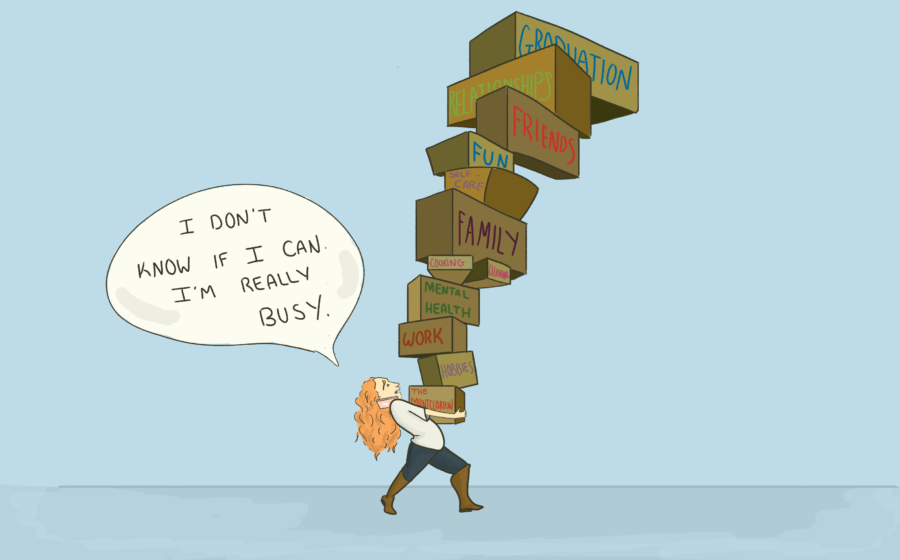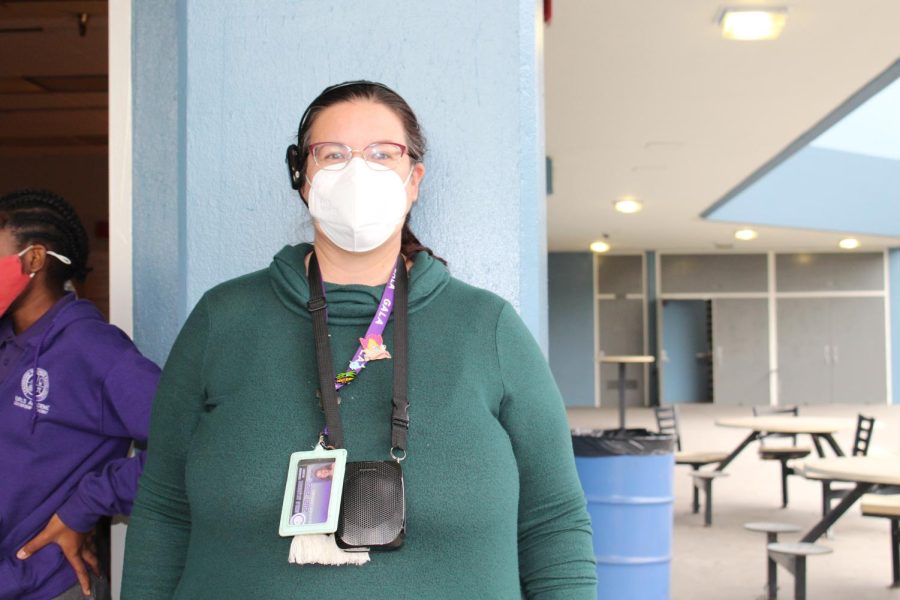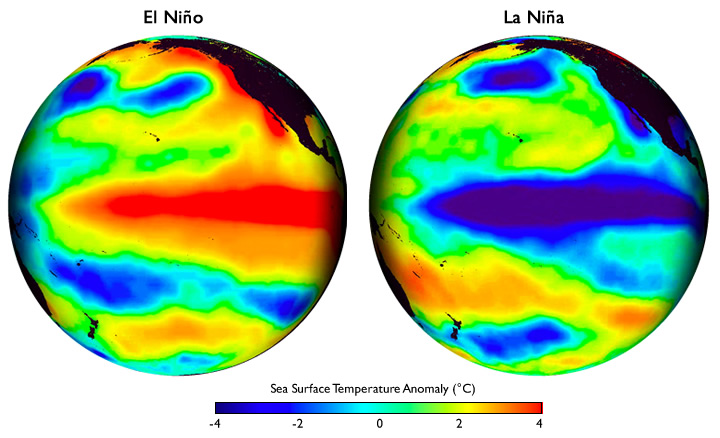What is Noise Pollution?
I’m sure you’ve heard of water, air, or maybe even light pollution. But have you ever heard of the lesser-known noise pollution? Noise pollution is one of the most dangerous environmental threats to health. According to the World Health Organization (WHO), one in five Europeans are regularly exposed to sound levels at night that could significantly damage health. Now you’re probably wondering “What is noise pollution?”
Noise pollution, also known as environmental noise or sound pollution, is excessive or unwanted sound that can harm human health, wildlife, and the environment. There are three types of noise pollution: transportation noise, neighborhood noise, and industrial noise. Some of the most common causes of noise pollution are traffic noise, air traffic noise, and construction sites.
Not all loud sounds are considered noise pollution though. The World Health Organization (WHO) defines noise above 65 decibels (dB) as noise pollution. To be exact, noise becomes noise pollution when it exceeds 75 dB and is painful above 120 dB. According to britannica.com, decibels are the unit for expressing the ratio between two physical quantities, usually amounts of acoustic or electric power, or for measuring the relative loudness of sounds.
Noise pollution affects millions of people every day. The most common health issue that is caused by noise pollution is Noise Induced Hearing Loss (NIHL). According to National Geographic, noise pollution can also lead to high blood pressure, heart disease, sleep disturbances, and stress. These problems affect all age groups but especially children. Children that live in areas with lots of noise pollution, like noisy streets or airports, have been found to suffer from stress and impairments in memory, attention level, and reading skill.
Noise pollution also affects the health and wellness of wildlife as well since many animals rely on their sense of sound for survival. One way noise pollution can affect wildlife is foraging. Animals like cats and owls have complex ears that help them hear their prey, but it’s harder for them to do in loud environments. According to wildlife.org, humans can barely perceive a one-decibel difference, but a study found that for every 1dB increase in noise, owls in the area were 8% less successful at catching prey. Noise pollution also affects communication and mating.
Now that you’ve heard about it, you’re probably wondering how what ways such pollution can be prevented. International bodies like the WHO agree that awareness of noise pollution is essential to beat this invisible enemy. Some examples are avoiding very noisy leisure activities, choosing alternative means of transport such as bicycles or electric vehicles, doing household work at recommended times, insulating homes with noise-absorbing materials, etc.
Governments can also take action on noise management and reduce noise pollution. One example is the Noise Control Act of 1972. According to the United States Environmental Protection Agency (EPA), the Noise Control Act of 1972 establishes a national policy to promote an environment for all Americans free from noise that jeopardizes their health and welfare.



























































































